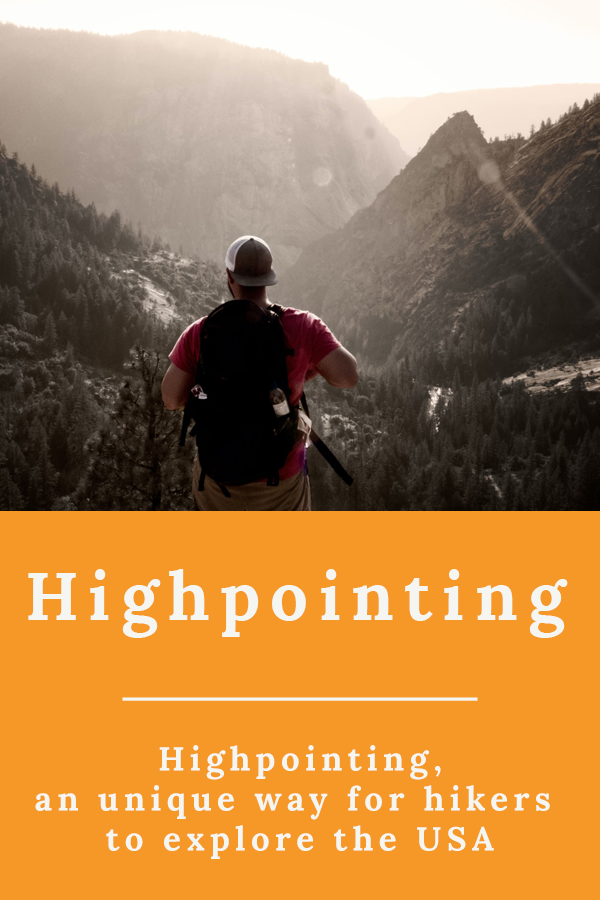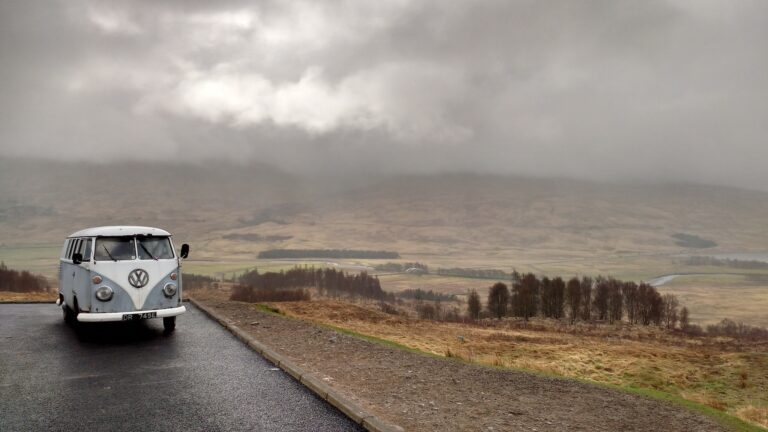Highpointing, an unique way for hikers to explore the USA
Have you ever wondered what one of the craziest – but also most unique – bucket lists goals of experienced hikers might look like? Well, we’re pretty sure highpointing every state in the USA would make a great adventure to start with!
Page Contents
What is highpointing?
Highpointing is literally ascending to the highest elevation point within a given area, in this case the highest point of every American state.
Since Arthur Harmon Marshall completed this challenge in 1936 as the first human in the world, only around 300 people have achieved the same goal. According to the Highpointers Club, only 10 new people manage to climb their 50th state summit per year which makes it a very select group of hikers who achieve this goal.
The reason this list of achievers is so small? Because most hikers need over 20 years to cross every state of their list!
Arthur Harmon Marshall, the first highpointer
Arthur Harmon Marshall, the first person to go to the highest point in every state, started his adventure in 1919 by climbing Mount Rainier in Seattle, Washington, and visited his 50th highpoint in 1936 by visiting the Hoosier Hill in Indiana.
During his many hikes, Marshall kept a journal which he named “A Mountain From Some Mole Hills, or the Wanderings of a Telegrapher on Vacation”. This 2475-page handwritten chronicle contains stories of Marshall’s entire life (1886-1951), including his fascinating highpointing adventures. The journal was donated to the Mazamas Club at a Highpointers Convention in June 2012 and is currently being digitized.
Pictures of the chronicles are available on the Highpointers Club website, together with Marshall’s list of completions.
Why would you highpoint every American state?
Another hiker who managed to visit the 50 American State highpoints is Mark Birkett. Mark only needed 18 years to achieve the feat, from 1998 to 2016.
When asked why he accepted this challenge and started his quest to become a ’50 highpoint completer’, Mark said:
“Looking back at it, this challenge made me visit a lot of beautiful places that I wouldn’t have visited otherwise. This project made me realize America has a lot of interesting places; from the natural beauty on long hikes, to quirky intersections that are just a geographical anomaly!
Another reason is the number of 50 highpoint completers! I forgot the exact numbers, but it’s only a few hundred people who’ve done this before. It’s more rare to visit all the 50 highest state points in America, than to climb Mount Everest! I’m not saying it is as difficult, but it is certainly unique and I’m definitely proud to be among the people who have finished it.”
Mark even included a little anecdote: “Years ago, I read a tiny note which was stuck to a wall and said: “Time is not measured in minutes, it is measured in events”. Since then it has been on my mind during these trips: I’m out here doing this, I’m out here living.”
For most hikers the challenge is a physical exercise, but there are definitely many other aspects to the challenge: from educational to spiritual, from the social aspect to a dozen other reasons.
Before you go, think about…
Mark Birket already mentioned it: While every state has the highest points, some of them contain massive mountains while other states are relatively flat with a cornfield in the middle of nowhere being the highest point. Take Britton Hill in Florida as an example, which has an elevation of just 105 meters (345 feet) above sea level.
However: some of these highpoints will need a lot of mountaineering skills, so don’t forget about the basic hiking skills when you’re trying to complete this list.
- Be prepared. Do the basic research about the trail that’s waiting for you: from trail conditions to equipment requirements and weather forecast.
- As the old saying goes: “Getting to the top is optional; getting down is mandatory”. Never hesitate to throw in the towel when there is danger; the mountain will still be there tomorrow so you can always retry the climb to a highpoint.
- Do not rely on your mobile phone. Not all highpoints have cell phone coverage, so leave your itinerary with friends or family, and stick to your plans. Consider bringing a locator, satellite phone, or other tools which could help you communicate in worst case scenarios.
- Leave no trace. Do everything in your power to minimize your impact on nature and leave no trace or trash during your adventure.

USA’s 50 highest state points listed
We listed the highest point in every American state below, sorted from lowest highpoint to highest!









